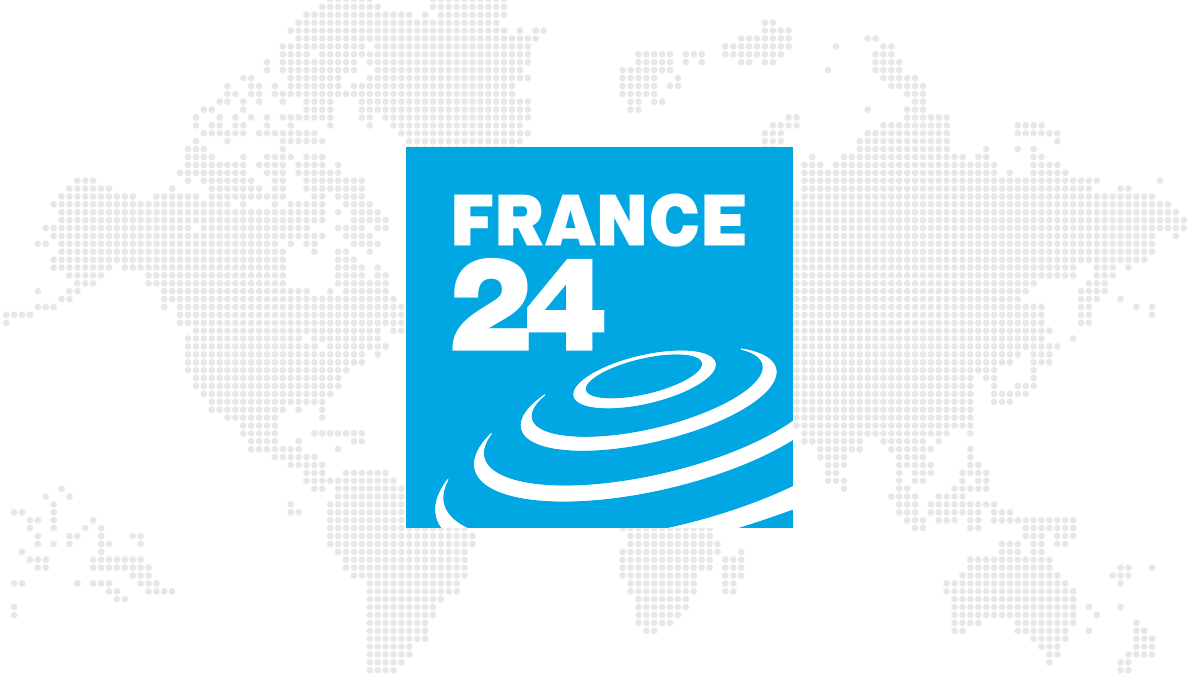In one year, it is in this store 34% increase for the first price semolina or 12% for the pasta of the supermarket brand... "On the other hand, the rice has not moved", notes Catherine Cahuzac.
This energetic retiree, an engineer in the energy sector, scours the shelves of a gigantic hypermarket in Val-de-Marne, in the Paris region, without a cart or shopping bag.
"I come to this mall from time to time for the clothes, but for the food, it's way too big for me," she explained Thursday.
For the second time this week, she is going to spend several hours in the store, her phone in her hand - "you have to remember to recharge it before coming..." - and only one concern: to find the right price to report in an application developed by Rural Families.
Like a hundred volunteer "watchmen" of the association, she thus lists once a quarter the prices charged by supermarkets near her home.
Objective, for the association: to calculate the budget that a typical family (two adults, a teenager and a child) will have to devote to its food, to feed itself in compliance with the national health nutrition plan.
That is to say by eating healthy, respecting seasonality, the environment and health.
During its last price observatory in January, the association had calculated that the average food budget necessary to feed this typical family was at least 450 euros per month by varying the products less, 696 euros by consuming first-price products, 765 euros with national brand products (such as Panzani, Danone for example) and could climb up to 1,148 euros for all organic.
The exercise is a bit tedious for Antony's volunteer.
But it gives valuable information about shelf inflation.
The current census shows a surge in wheat-based products, in particular on the first prices and private labels, ranges where the agricultural raw material weighs the largest part of the total cost of production.
New increases in sight
"We are seeing the expected inflation," Nadia Ziane, director of the consumption department at Familles Rurales, told AFP.
"Purchasing power is today very altered for families, especially since all the essentials have increased, not only wheat, also energy or fuel".
Between post-lockdown consumption recovery, rising logistics costs, raw materials, Russian offensive in Ukraine, the whole world has been facing a generalized price increase for months.
France is no exception, despite numerous measures decided by the government to stem the phenomenon.
Familles Rurales invites consumers to buy fewer products that have flambéed, such as pasta, and more products that are "equally interesting nutritionally" but less expensive, such as lentils.
Familles Rurales invites consumers to buy fewer products that have flambéed, such as pasta, and more products "also nutritionally interesting" but cheaper, such as lentils Thierry ZOCCOLAN AFP / Archives
But no alternative for fruits and vegetables, while their importance "makes them proportionally the most expensive food budget", notes Nadia Ziane.
At the beginning of the year, Familles Rurales had sounded the alarm on the soaring of their prices, of nearly 10% in two years, and it could continue.
The association asks that the food check promised by Emmanuel Macron during his campaign relate "to products that are valued in the national health nutrition plan".
The measure is in any case expected, because inflation on foodstuffs is expected to worsen further: the annual negotiations between the agri-food sector and large retailers have not been enough to pass on the production costs, and the various players are discussing again price increases, which could be observed on the shelves at the start of the school year.
© 2022 AFP

